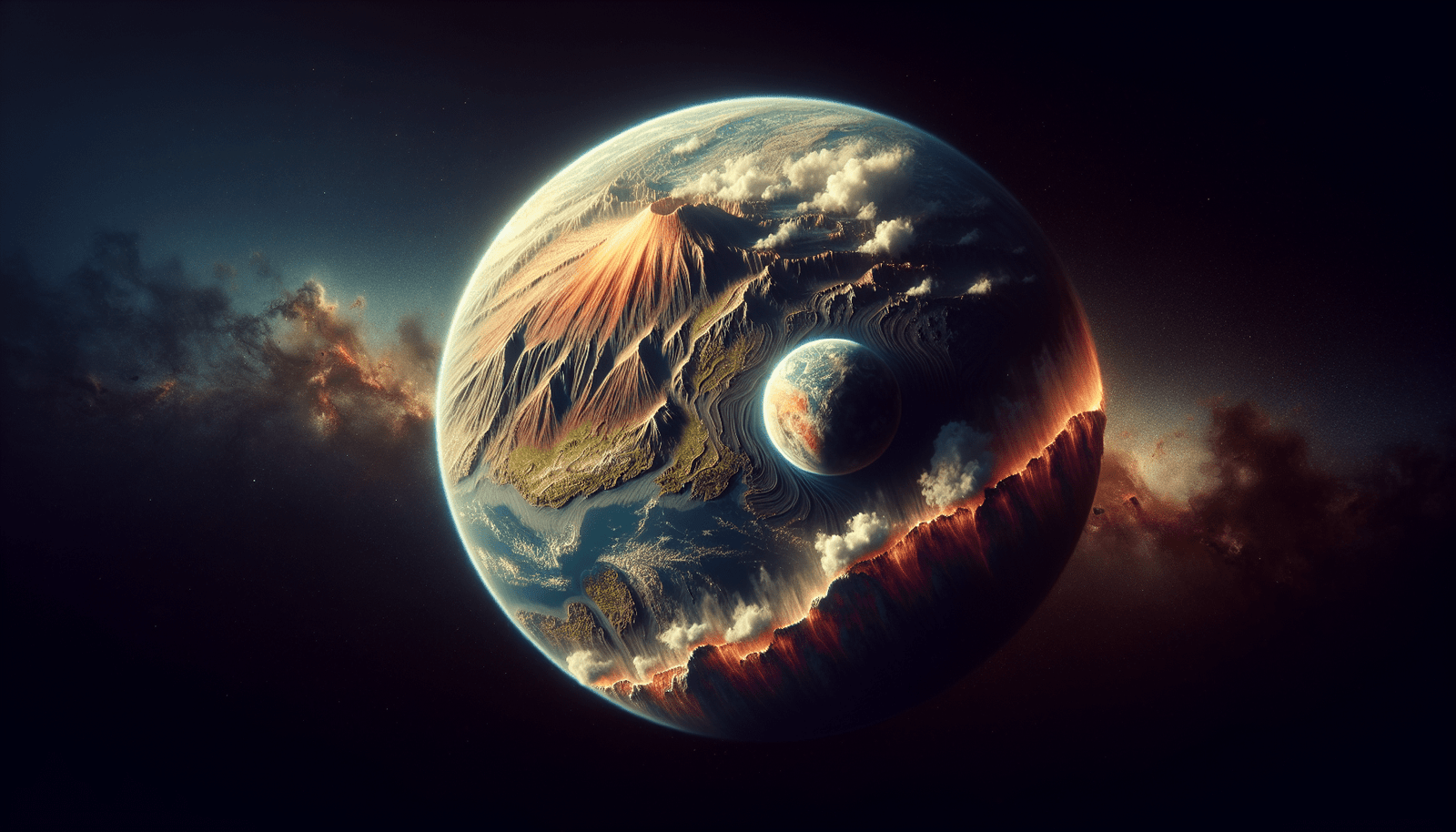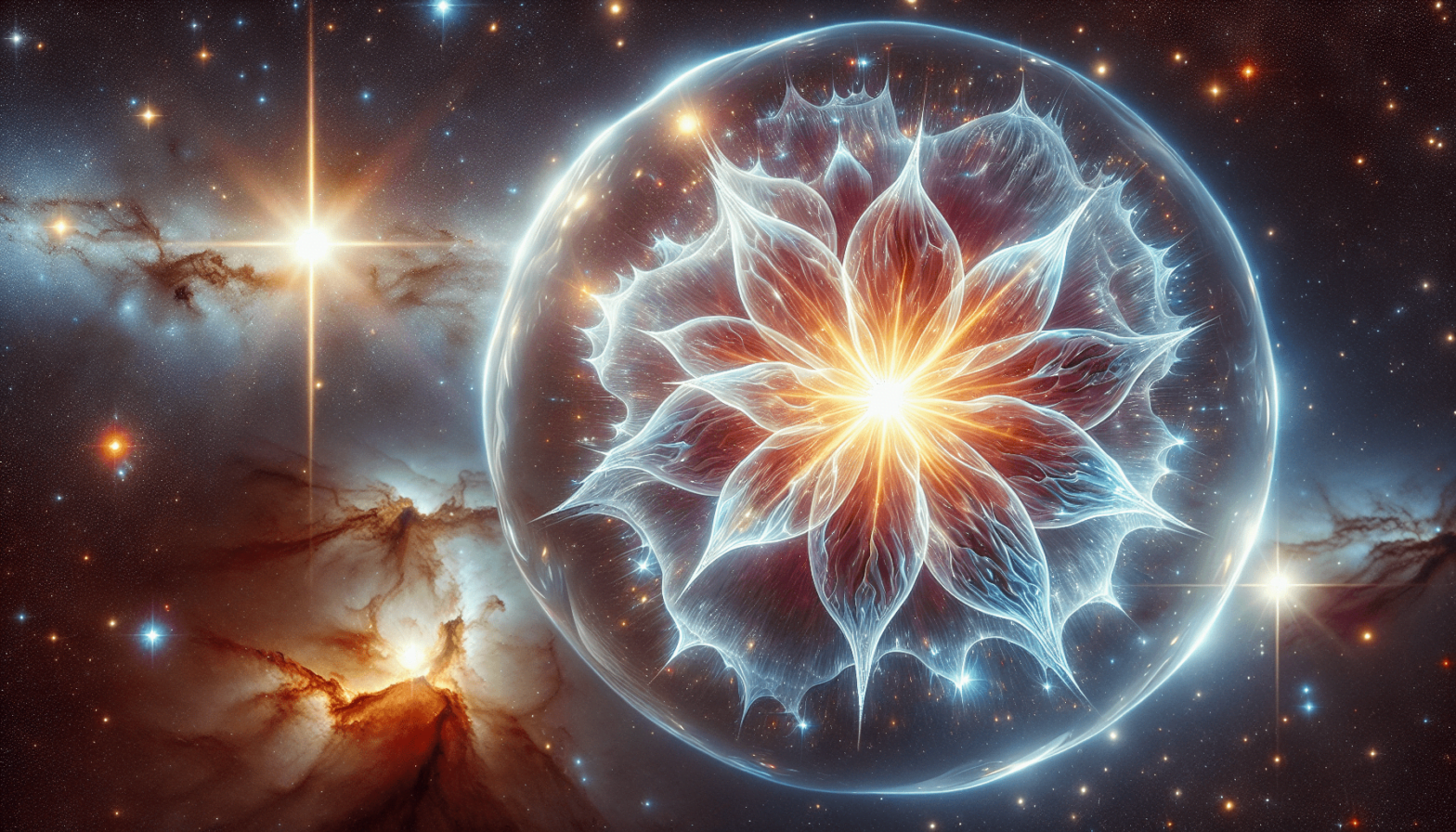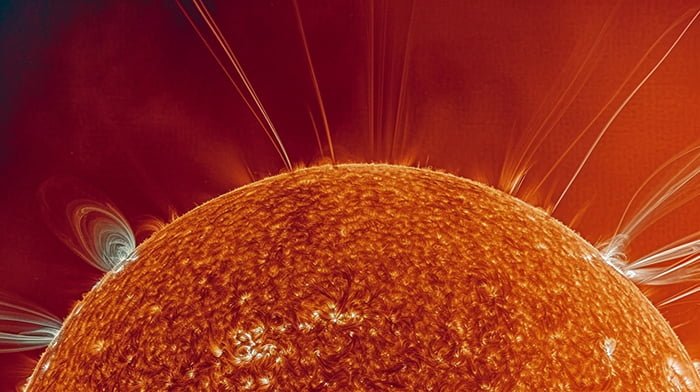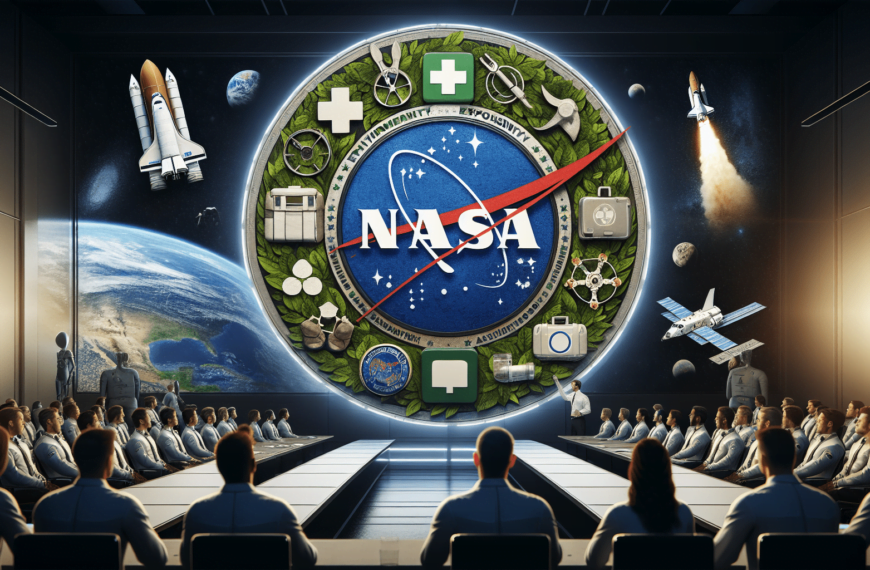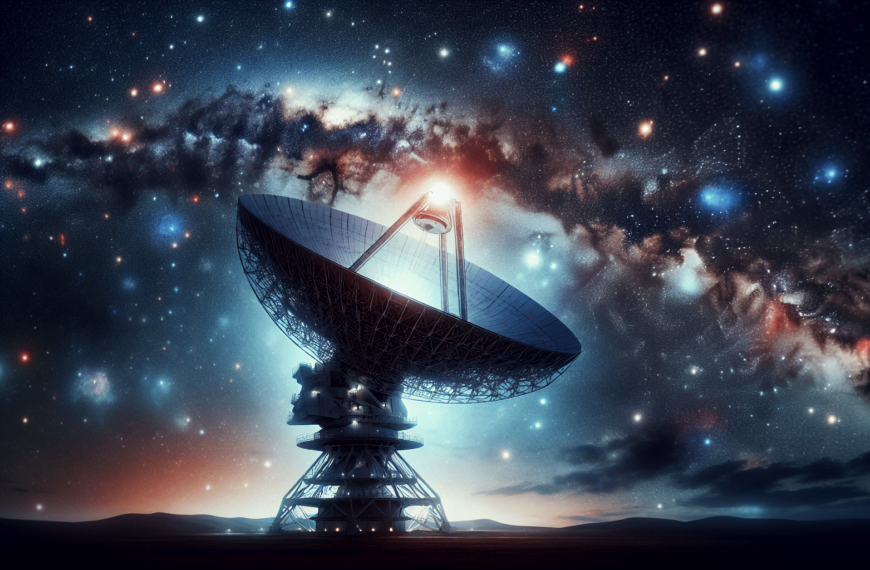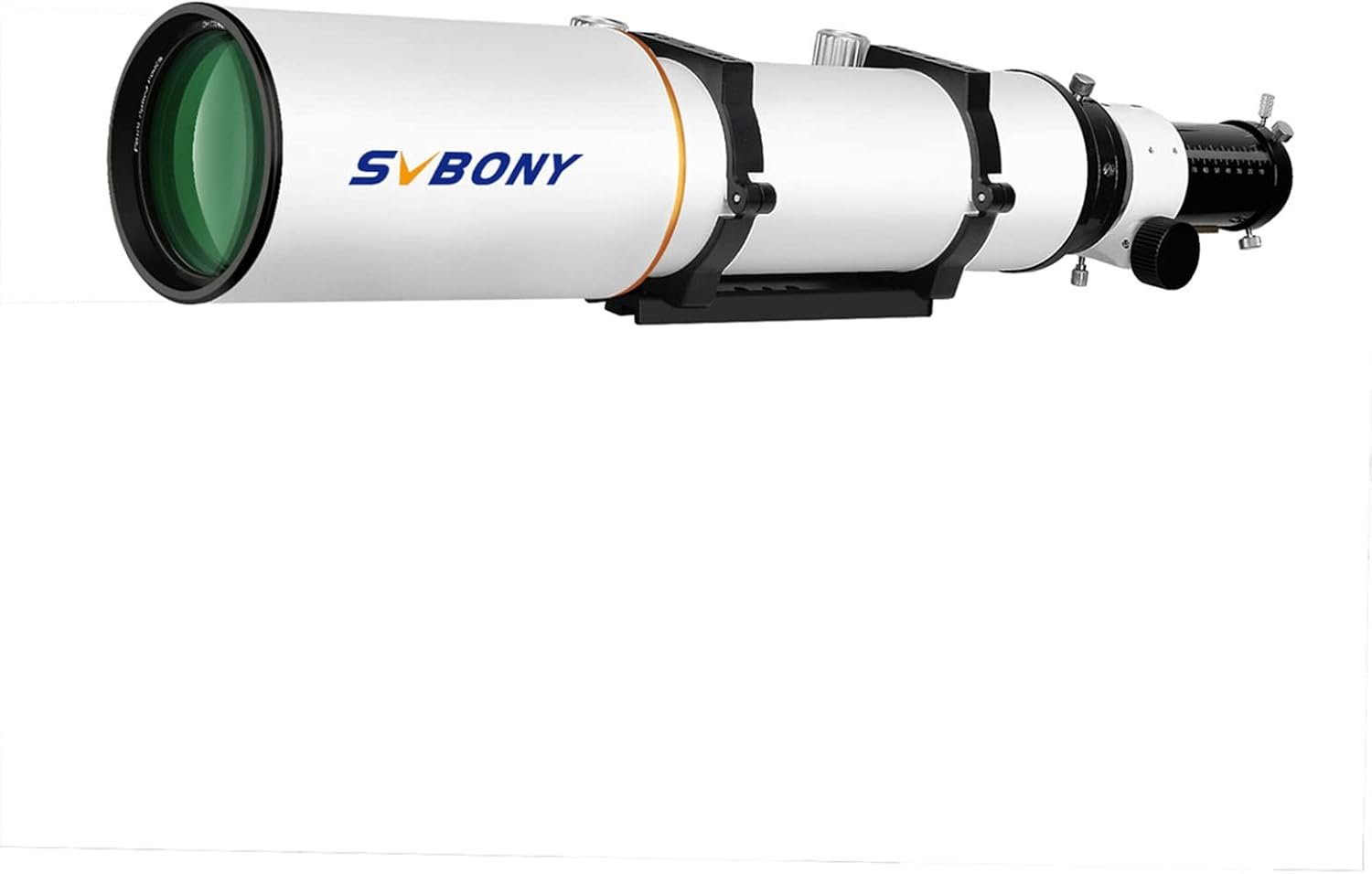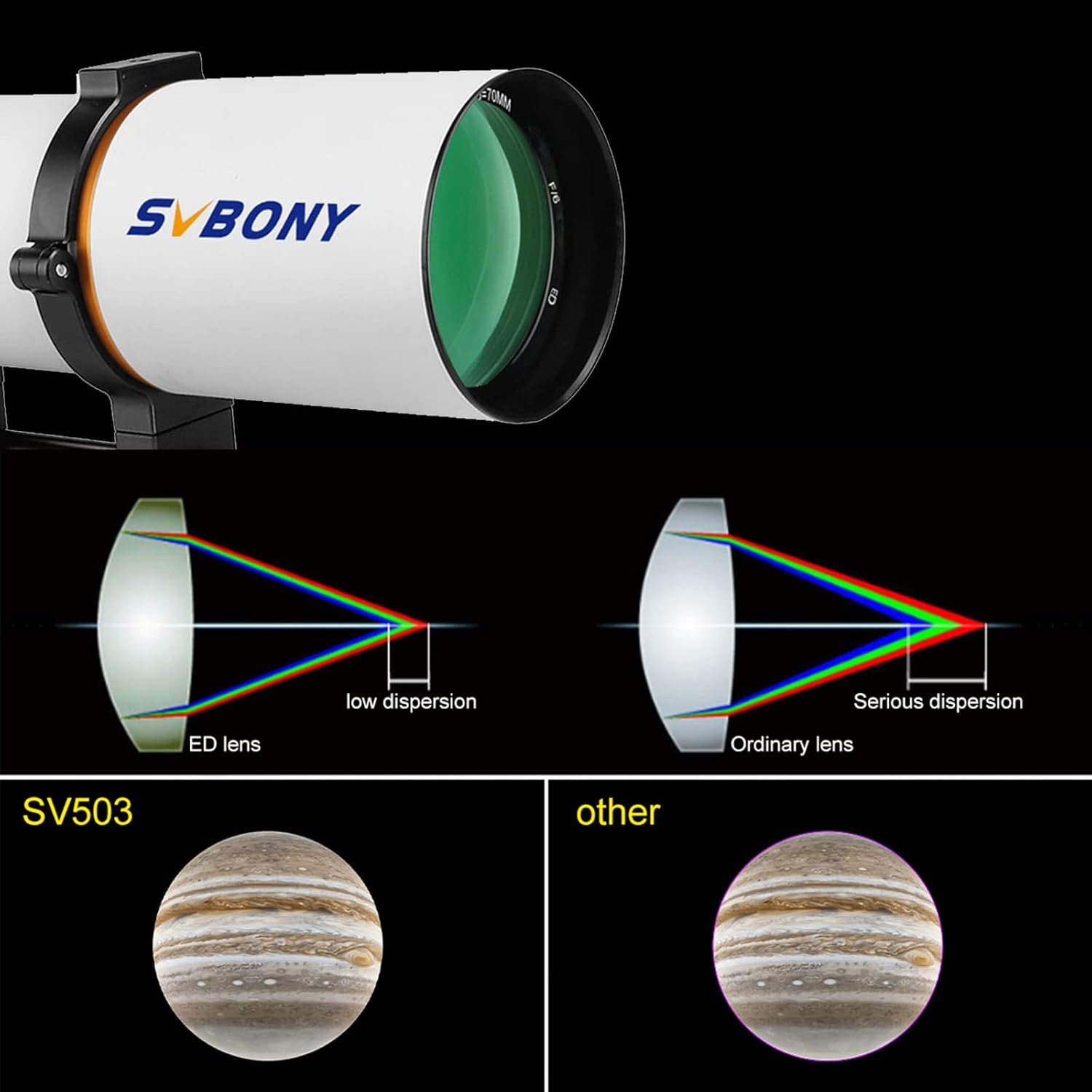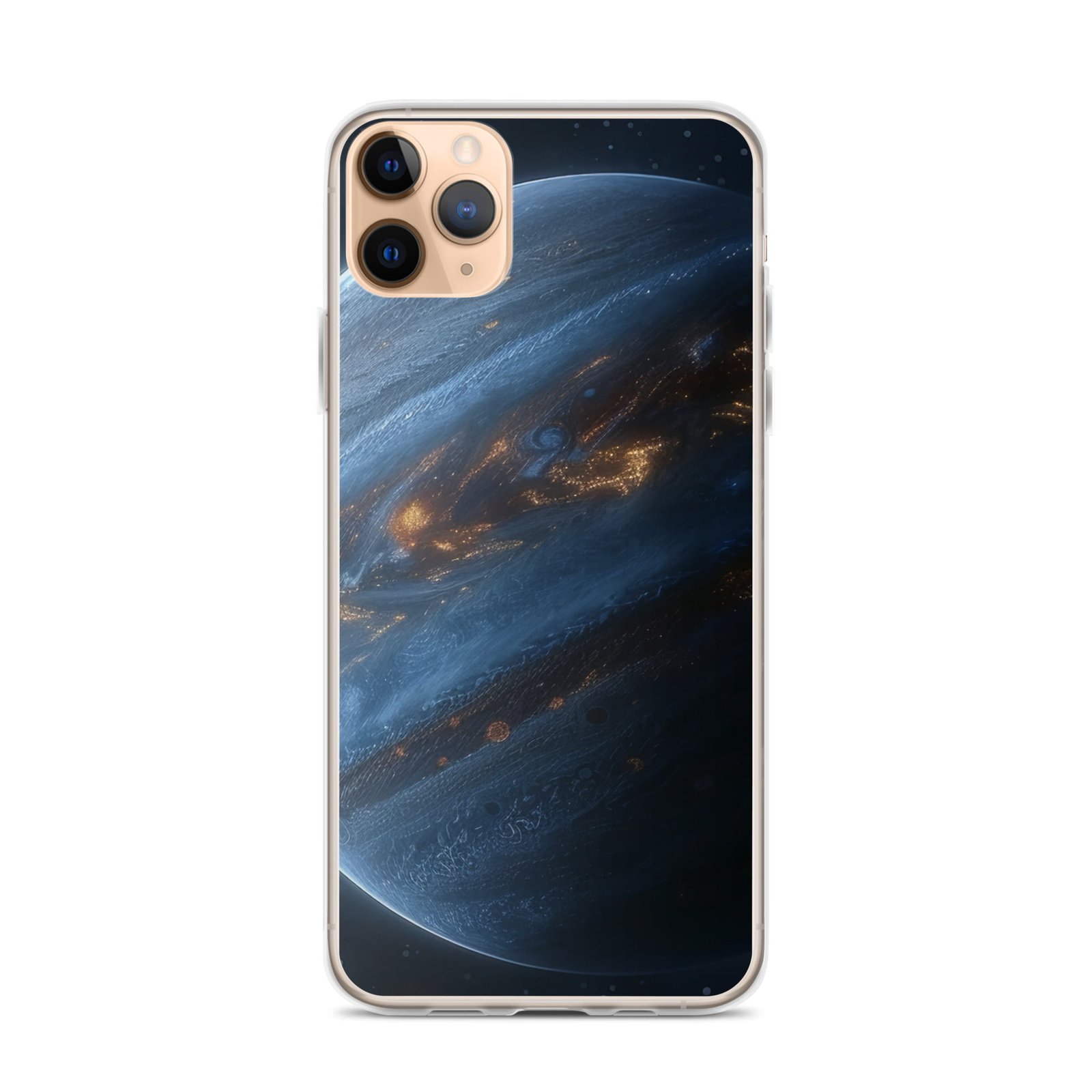Discovering the secrets of our planet’s early years is like embarking on a thrilling adventure through the cosmos. Planetary surfaces, like the pages of a history book, reveal fascinating insights into the origins of the Solar System and our very own Earth. Through the lens of plate tectonics, we can better understand how Earth’s surface has transformed over time, erasing ancient features in the process. However, studying other planetary surfaces presents its own set of challenges, requiring spacecraft missions and careful scientific measurements to unravel their mysteries. From the exciting discoveries made by Voyager 1 and 2 during their flybys of outer planets, to Cassini’s exploration of Saturn’s moons, we have unlocked astonishing revelations about volcanic activity, potential liquid water oceans, and even lakes of liquid methane. Mars, with its active avalanches captured by the Mars Reconnaissance Orbiter, has also been a source of valuable data. Moreover, delving into the surface conditions of Venus, a world of extreme temperatures, has given us glimpses of features akin to those found on Earth. Geology, the study of the Earth’s solid matter, plays a crucial role in deciphering the mysteries of planetary surfaces. And with new discoveries on the horizon, the years to come promise even more tantalizing insights into our cosmic past.
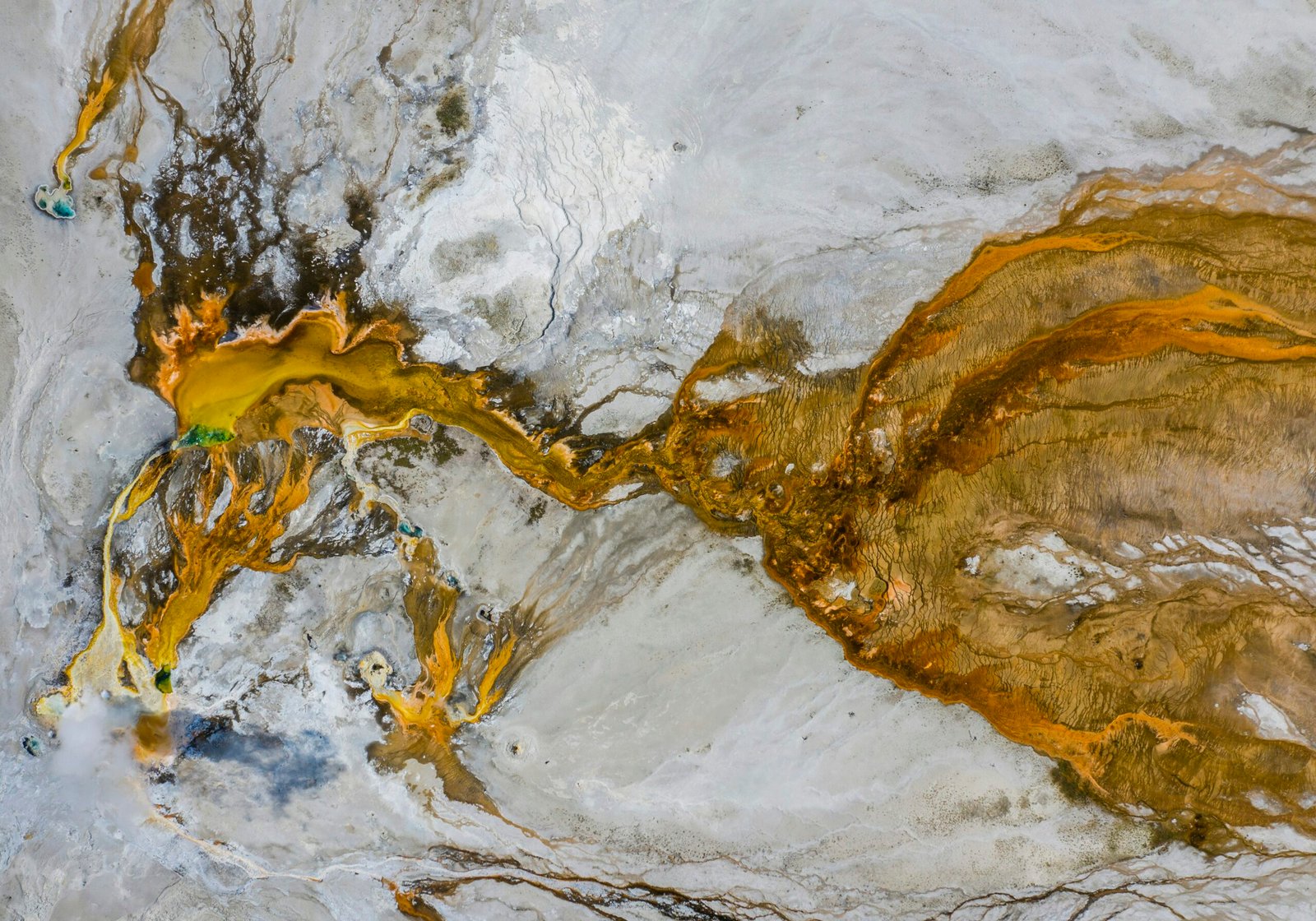
Plate Tectonics on Earth’s Surface
Plate tectonics plays a significant role in shaping Earth’s surface and altering its ancient features. This geological process involves the movement and interaction of large sections of the Earth’s lithosphere, or the rigid outer part of the Earth that includes the crust and the upper part of the mantle. These lithospheric plates can collide, separate, or slide past each other, leading to various geological phenomena such as earthquakes, volcanic activity, and the formation of mountain ranges.
As these tectonic plates move, they can cause the destruction and creation of landforms. Mountains are formed when two plates collide and push against each other, causing the Earth’s crust to fold and buckle. This is evident in the towering Himalayas, created by the collision of the Indian and Eurasian plates. On the other hand, when plates separate, such as the Mid-Atlantic Ridge, new crust is formed through volcanic activity, resulting in the expansion of ocean basins.
The movement of tectonic plates also has the power to erase ancient features and reshape the Earth’s surface over time. Landforms that were once prominent can be subducted beneath another plate, becoming part of the Earth’s interior. This continuous process of destruction and creation has shaped the Earth’s continents, ocean basins, and mountain ranges into what we see today.
Challenges in Studying Planetary Surfaces
Studying planetary surfaces is a fascinating endeavor that provides valuable insights into the history and evolution of our Solar System. However, it’s not without its challenges. Unlike Earth, where we have direct access to land and can conduct field studies, studying other planetary surfaces requires the use of spacecraft missions.
Sending spacecraft to other planets and moons is a complex and costly undertaking. It requires precise calculations and engineering to ensure that the spacecraft can reach their destination, survive extreme conditions such as high temperatures or radiation, and successfully collect data. Additionally, the vast distances between planets and moons mean that missions often take years or even decades to plan and execute.
Once a spacecraft reaches its destination, it faces the challenge of collecting data from often inhospitable environments. These surfaces can contain extreme temperatures, corrosive atmospheres, or rugged terrain, making it difficult to obtain accurate and reliable measurements. Thus, scientists must carefully design instruments and sensors to withstand these harsh conditions and gather the necessary data to study the planetary surface.
Satellites and Orbiters for Planetary Exploration
Satellites and orbiters are crucial tools for exploring planetary surfaces. These spacecraft are designed to perform flybys or orbit a planetary body, allowing scientists to gather scientific measurements and capture detailed images of the surface.
One of the main purposes of spacecraft missions is to conduct flybys. Flybys involve a spacecraft passing close to a planet or moon, capturing images and collecting data during a brief encounter. This approach allows scientists to study various aspects of the planetary surface, such as its composition, topography, and geological features. Voyager 1 and 2, for example, conducted flybys of Jupiter, Saturn, Uranus, and Neptune, providing valuable data and images of these distant worlds.
Orbiters, on the other hand, are spacecraft that enter into a stable orbit around a planet or moon. This allows them to continuously study the surface over an extended period. Orbiters often carry a suite of scientific instruments, such as spectrometers and cameras, to gather detailed data and images. The Mars Reconnaissance Orbiter, for instance, has provided invaluable insights into the geology, climate, and potential habitability of Mars.
Voyager Missions: Exploring the Outer Planets
The Voyager missions, consisting of Voyager 1 and Voyager 2, were iconic missions that explored the outer planets of our Solar System. These spacecraft conducted flybys of Jupiter, Saturn, Uranus, and Neptune, providing us with a wealth of information about these distant worlds.
During the flybys, Voyager 1 and 2 captured stunning images of the planets, their moons, and their rings, revealing previously unseen details. These images allowed scientists to study the geological features and atmospheric conditions of these outer planets, offering valuable insights into their formation and evolution.
One of the most significant discoveries made during the Voyager missions was the detection of volcanic activity and potential liquid water oceans on the moons of these outer planets. For example, Voyager 1 observed erupting volcanoes on Io, one of Jupiter’s moons, highlighting the dynamic nature of these celestial bodies. Voyager 2 observed geysers erupting from the surface of Enceladus, a moon of Saturn, indicating the presence of subsurface liquid water.
These findings revolutionized our understanding of the outer planets and their moons, demonstrating the diverse and active nature of their surfaces and offering potential clues to the presence of habitable environments.

Cassini Mission: Probing the Saturnian System
The Cassini-Huygens mission, launched in 1997, was a joint endeavor between NASA, the European Space Agency (ESA), and the Italian Space Agency (ASI) to explore the Saturnian system. Cassini, the main spacecraft, provided unprecedented insights into the ringed planet and its moons.
During its mission, Cassini made several remarkable discoveries that expanded our knowledge of the Saturnian system. One of the most significant findings was the confirmation of methane lakes on Titan, the largest moon of Saturn. These lakes, composed of liquid methane and ethane, bear striking similarities to Earth’s hydrological cycle, albeit with different compounds. The presence of liquid on Titan’s surface raises intriguing questions about the potential for life beyond Earth.
Cassini also observed geysers erupting from the south pole of Enceladus. These geysers consist of water vapor and icy particles, suggesting the presence of a subsurface ocean underneath the moon’s icy crust. The discovery of these geysers has fueled scientific interest in Enceladus as a potential habitable world and a target for future exploration.
Through its comprehensive observations and measurements, the Cassini-Huygens mission has revolutionized our understanding of the Saturnian system and provided invaluable data for further research.
Mars Reconnaissance Orbiter: Uncovering Mars’ Secrets
The Mars Reconnaissance Orbiter (MRO), launched in 2005, has been instrumental in unlocking the secrets of the Red Planet. Equipped with a suite of advanced instruments, the MRO has provided valuable data and images of Mars, shedding light on its geology, climate, and potential for habitability.
One of the highlights of the MRO’s mission has been its ability to capture high-resolution images of the Martian surface. These images have revealed detailed geological features, such as ancient riverbeds, impact craters, and active avalanches. The MRO’s powerful cameras have allowed scientists to study these features in unprecedented detail, providing insights into the past and present processes that have shaped Mars’ surface.
In addition to imaging, the MRO carries instruments that can analyze the composition of Mars’ atmosphere and surface. For example, the Compact Reconnaissance Imaging Spectrometer for Mars (CRISM) can identify minerals on the surface, providing clues about the planet’s geologic history and potential habitability.
The data gathered by the MRO has significantly advanced our understanding of Mars and its potential for hosting life. It has paved the way for future missions and increased our optimism for finding signs of past or present habitability on the Red Planet.

Insights into Habitability through Planetary Surface Studies
Studying planetary surfaces is not just an exercise in understanding the geological history of other celestial bodies. It also provides us with valuable insights into the conditions and processes that lead to habitability, both within our own Solar System and beyond.
Planetary surface studies allow scientists to investigate the presence of water, a crucial ingredient for life as we know it. By analyzing the geological features and composition of planetary surfaces, scientists can infer whether liquid water has existed or currently exists on these bodies. For example, the discovery of liquid water oceans on moons such as Enceladus and Europa suggests the potential for habitable environments in our own celestial neighborhood.
Furthermore, studying the geology and climate of other planets and moons can help us understand the factors that contribute to habitability. By examining the role of volcanic activity, atmospheric conditions, and the interaction between the surface and subsurface, scientists can gain insights into the processes that shape habitable environments. These insights have implications for our search for extraterrestrial life, as they guide us in identifying the conditions that may sustain organisms beyond Earth.
Overall, planetary surface studies play a vital role in broadening our understanding of habitability and informing future missions aimed at discovering life elsewhere in the universe.
Venus: Earth’s Mysterious Twin
Venus, often referred to as Earth’s twin, is a fascinating planet with extreme surface conditions and intriguing similarities to our own planet. Despite its similarities in size, composition, and proximity to the Sun, the surface of Venus is vastly different from Earth’s.
One of the most striking features of Venus is its incredibly high surface temperature, averaging around 900 degrees Fahrenheit (475 degrees Celsius). This extreme heat is caused by the planet’s dense atmosphere, composed mostly of carbon dioxide, which creates a runaway greenhouse effect. This atmospheric pressure is approximately 92 times that of Earth, equivalent to the pressure at a depth of around 1 kilometer (0.62 miles) in our oceans.
In addition to its scorching temperatures and crushing atmosphere, Venus is shrouded in thick clouds of sulfuric acid, making it difficult to observe its surface directly. However, using radar imaging from both ground-based telescopes and spacecraft missions, scientists have been able to map the surface of Venus and uncover some of its mysteries.
These surface maps have revealed a diverse range of geological features, including volcanoes, impact craters, and vast lava plains. Venus also displays evidence of tectonic activity, with numerous faults and fractures crisscrossing its surface. These features hint at a dynamic geological history, though the exact mechanisms behind Venus’ geology are still heavily debated.
Despite the stark differences between Venus and Earth’s surface conditions, there are some intriguing similarities. Both planets have mountain ranges, valleys, and plains, suggesting that similar geological processes have been at work. Understanding the similarities and differences between Earth and Venus can provide insights into the factors that determine a planet’s surface features, composition, and potential for habitability.
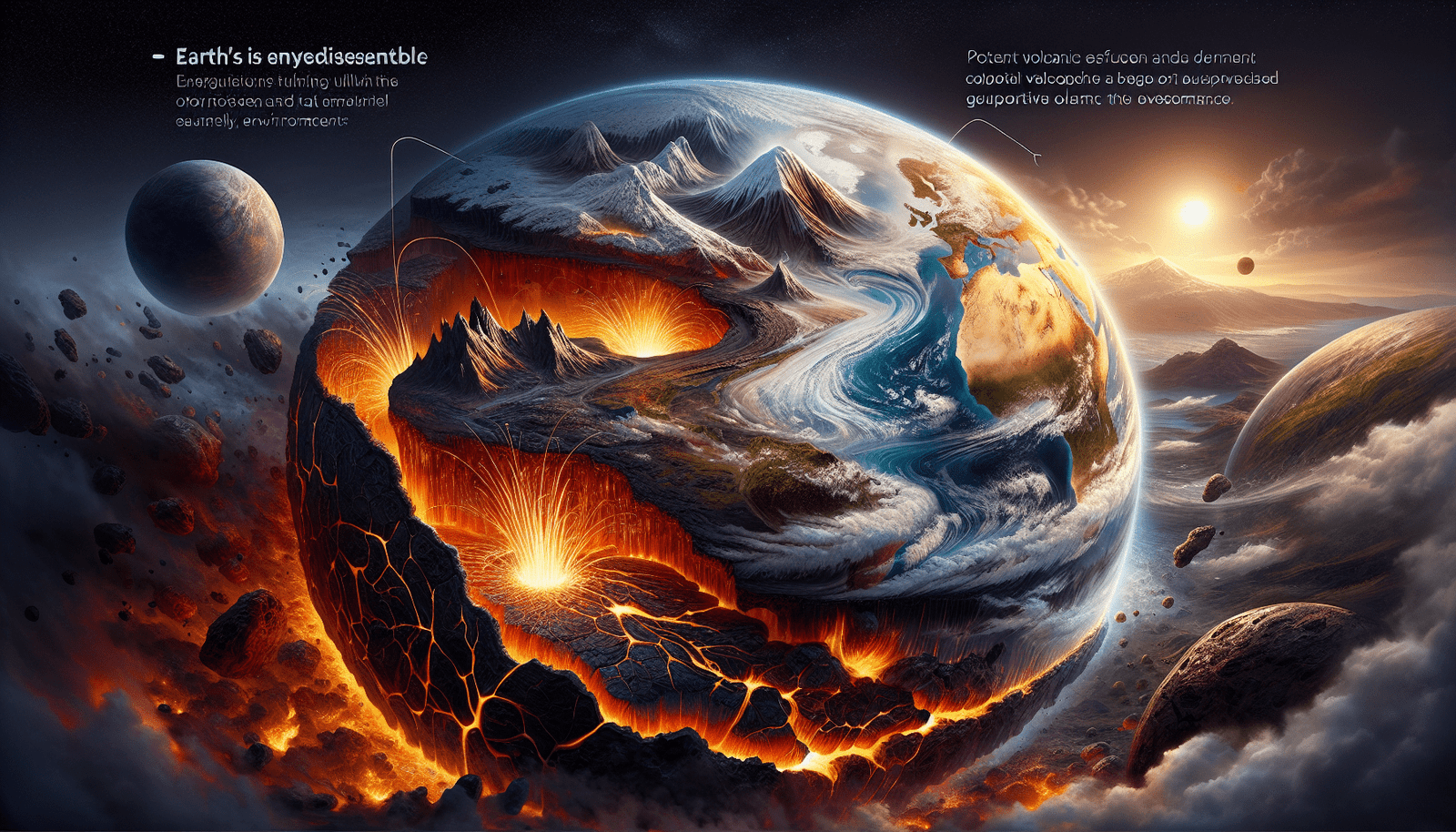
The Significance of Geology in Planetary Surface Studies
Geology plays a crucial role in understanding the surfaces of other planets, moons, and celestial bodies in our Solar System. By studying the geological features, processes, and history of these surfaces, scientists gain valuable insights into how they have evolved over time and what forces have shaped them.
Geological processes are responsible for the formation of different landforms and surface features. Earth’s lithosphere, composed of tectonic plates, provides a prime example of how these processes can reshape the surface. Similar processes are believed to operate on other planetary bodies, such as Mars and the icy moons of Jupiter and Saturn, albeit with variations due to different compositions and environments.
For instance, the identification of impact craters on a planetary surface allows scientists to infer the history of meteorite impacts and the frequency of such events. The presence of volcanic features, such as shield volcanoes or composite cones, indicates the processes of volcanic activity and the eruption of molten material onto the surface. The study of erosional features can provide insights into past climates and the extent of surface modification over time.
Understanding the geological history and processes on planetary surfaces also enables scientists to make predictions about the past and present habitability of these worlds. By analyzing the distribution and composition of rocks, minerals, and even the presence of water, scientists can determine whether the conditions necessary for life have existed or currently exist on a given planetary body.
In essence, geology is the key to unlocking the secrets of planetary surfaces and their potential for supporting life. By unraveling the geological history and processes at play, scientists can piece together the story of a celestial body and gain a deeper understanding of its place in the vast expanse of the universe.
Anticipated Discoveries in Planetary Surface Research
Advancements in technology and the ongoing exploration of our Solar System are expected to yield exciting new discoveries in the field of planetary surface research. As new missions are launched and data is collected, our understanding of other celestial bodies is likely to be revolutionized.
One area that holds great promise for future discoveries is the search for signs of past or present life. With missions targeted at potentially habitable moons, such as Europa and Enceladus, scientists hope to uncover evidence of subsurface oceans and the presence of organic compounds, which are essential building blocks for life as we know it.
Advancements in imaging technology will also allow for more detailed and high-resolution images of planetary surfaces. This will enable scientists to map features with greater accuracy, study their formation processes in more detail, and compare them to known geological processes on Earth.
Furthermore, future missions may bring back samples from other planetary surfaces, similar to the Apollo missions that returned lunar samples. These precious samples would enable scientists to conduct detailed laboratory analyses, revealing the composition, age, and potential habitability of these extraterrestrial materials.
Overall, as technology continues to advance and our exploration of the Solar System expands, we can anticipate a wealth of new insights and discoveries in the field of planetary surface research. These discoveries will not only deepen our understanding of other celestial bodies but also offer tantalizing clues about the possibility of life beyond Earth.
